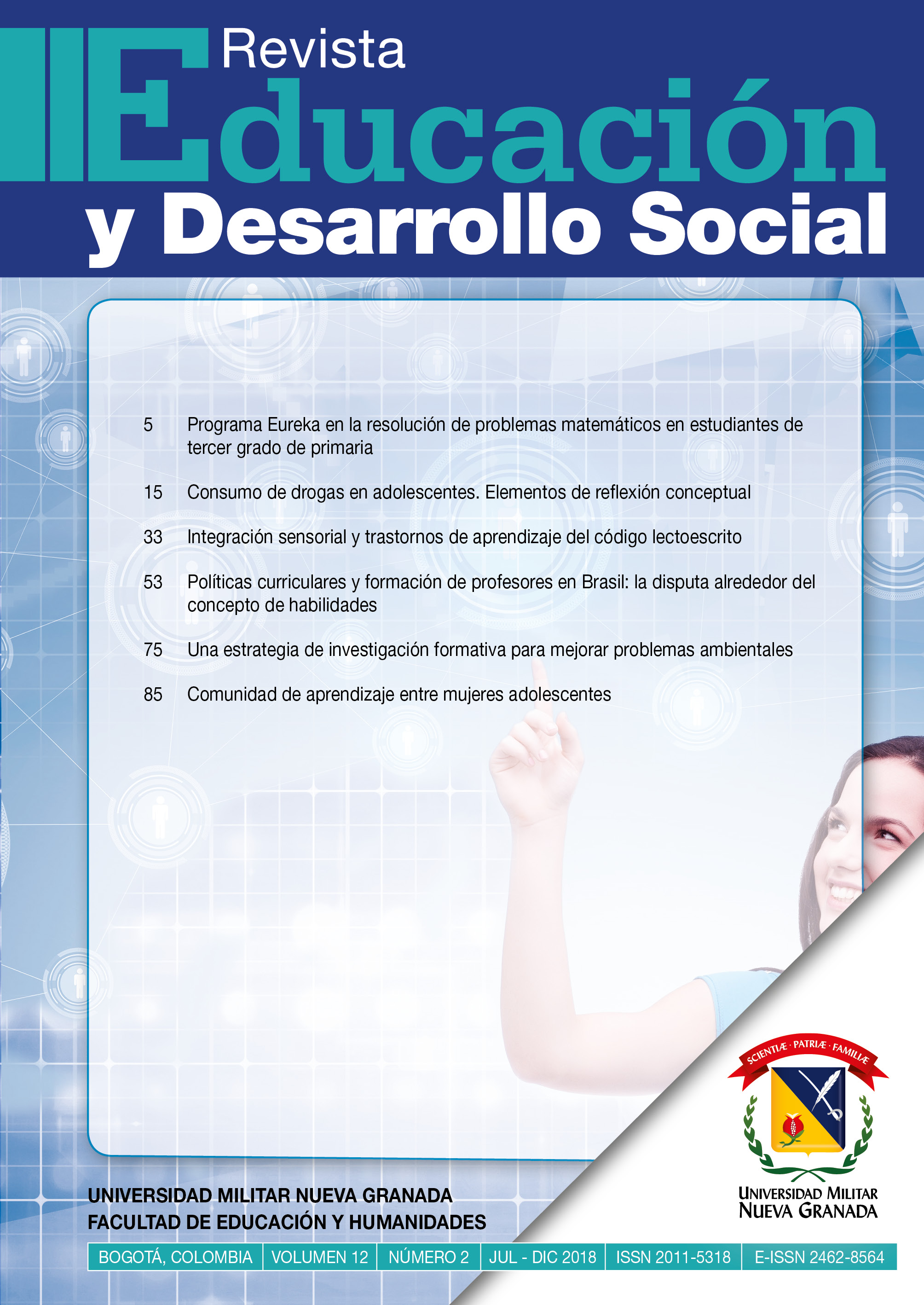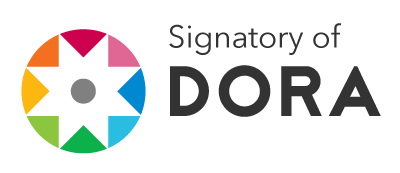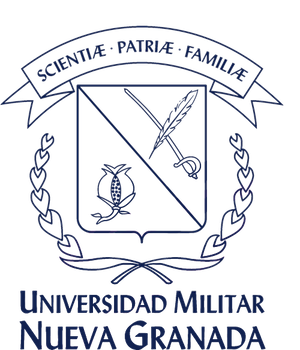Using the Eureka Program for Solving Mathematical Problems in Third-Grade Classes
Abstract
This research project sought to determine whether noticeable changes occurred when third-grade students used the Eureka program for solving mathematical problems at the José Gálvez Barrenechea Educational Institution, in Tarma, Peru, in 2017. The Eureka program is a set of activities, based on the Pólya method for solving mathematical problems, distributed in four stages: understanding the problem, developing a plan, executing the plan, and performing a retrospective view. For this study, the scientific, experimental, and statistical methods were used. Since the pretest indicated that students in Class 3B reported better grades and higher-grade point averages than the other third grade classes, this class was deemed as our control group (CG) while Classes 3C and 3D formed the experimental groups (EG1 and EG2). Post test results denoted that the CG (Class 3B) achieved a score of 13.00, EG1 (Class 3C) obtained 16.50 and EG2 (Class 3D) scored 15.16. Therefore, the Eureka program did significantly influence problem solving. In fact, these significant variations in the resolution of mathematical problems were substantiated through an anova test with a significance level of α = 0.05, a confidence level of γ = 0.95, and where F calculated from the data was greater than the theoretical value of F (20.65 > 3.13), thus demonstrating the effectiveness of the Eureka program.













